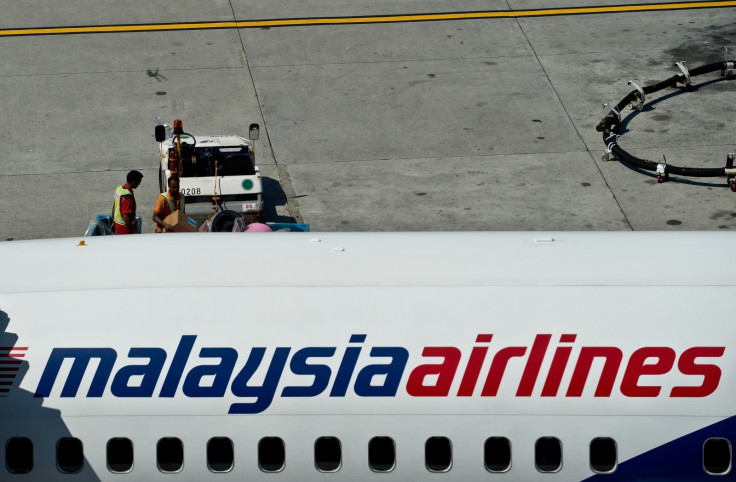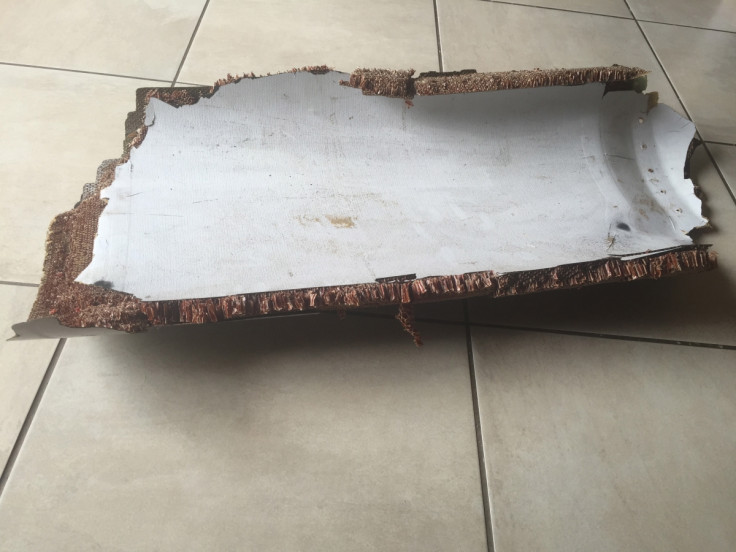MH370 flight wreckage possibly located further north than current search area
More washed-up debris may also be found in Mozambique, Madagascar or Tanzania.

The main wreckage from flight MH370, which disappeared over the Indian Ocean more than two years ago, is likely to be found in zone further north than the area currently being searched, scientists have revealed. Additional washed-up debris could be recovered off the coasts of Tanzania, Mozambique as well as on the islands of Madagascar, La Reunion or the Comoros.
The disappearance of Malaysian Airline flight MH370 is one of the greatest mysteries in the history of aviation. The plane vanished with 239 passengers and crews on board and efforts to locate in the depths of the ocean have so far been unsuccessful. However, debris floating around have been confirmed as belonging to the aircraft.
In the latest study published in Natural Hazards and Earth System Sciences, scientists have conducted new computer simulations to understand how debris from the plane may have moved in the two-year frame since the crash, coming up with a 'superensemble' – a combination of simulations that best describes the debris found so far.
"The disappearance of the aircraft is one of the biggest mysteries of our time. We wanted to see what we could do with ocean modelling to shed a light on what happened. Our study is also important because we realised that with our method we could do a better, quicker job at simulating the movement of debris using all of the currently discovered parts of the aircraft. If new debris is discovered we could also very quickly update our model", lead author Eric Jansen, from the Euro-Mediterranean Center on Climate Change told IBTimes UK.
Constructing the 'Superensemble'
Jansen's team ran a computer model using oceanographic data collected over the past two years, including global surface currents and winds. They also used the locations of the five confirmed debris found to date - two in Mozambique and one each in La Réunion, South Africa and Rodrigues Island (Mauritius).
Because they didn't know exactly where the plane crashed, they ran a series of different simulations based on different scenarios – combining different wind patterns with different locations for the crash site. Placing a large number of virtual particles in the ocean in their simulations, they observed where they would go depending on the different scenarios. This combination of simulations is known a superensemble.

"Imagine that you want to know what the weather is going to be tomorrow, but you have several websites that give contradictory information. Which one do you trust? You check what weather they predicted for today and you put more faith in the websites that were correct and less in those that were wrong," Jansen explains.
"This is more or less what we do for MH370: we perform many simulations that are all plausible given the information that we know about the flight. When we combine the results of all these simulations, we give more importance to those that predicted the debris that was found correctly."
The method is particularly effective because it enables scientists to perform different simulations very quickly, updating them almost in real-time. "Simulating where debris have drifted after two and half years is a difficult task. The good thing about this method is that we can include all of the debris discovered to date and update it as soon as we find new debris", Jansen says.
Looking up north
The simulations identify new areas where the wreckage of the plane could be. It is likely to be found in the wide search area between 28°S and 35°S - an zone that overlaps with the current underwater search, but also includes an area 500 KM further north.

Furthermore, the study reveals the most probable locations to discover additional washed up debris are Tanzania and Mozambique, as well as the islands of Madagascar, Réunion, Mauritius and the Comoros.
"Our recommendations based on our study would be to look for the main wreckage in the northern part or up to 500km north of the current search zone. Washed up debris may be found near Madagascar, Tanzania and Mozambique. Of course the search is a costly operation so there are many other factors that need to be considered. However, it would be nice if our research made the search more efficient", Jansen concludes.
© Copyright IBTimes 2025. All rights reserved.






















